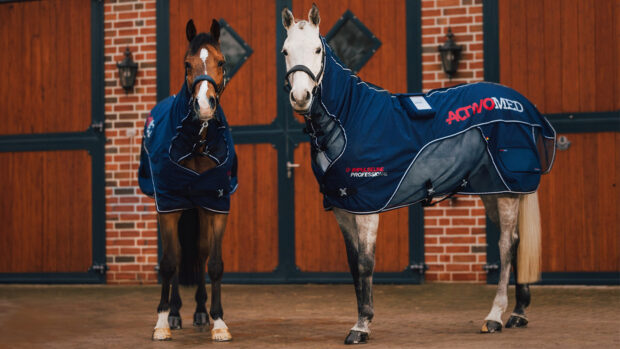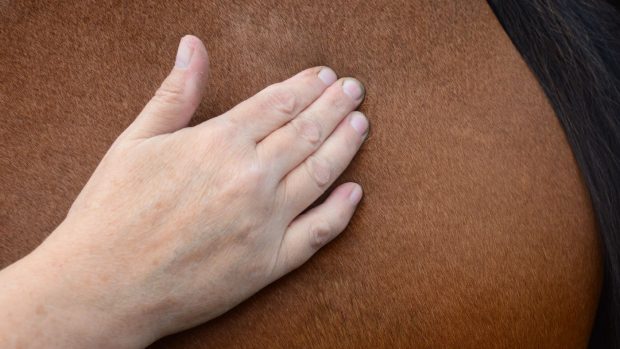Equine massage therapist Laura Marsden takes a look at how massage can improve and maintain your horse’s performance, from increased flexibility to relieving poll tension
As with human athletes, horses can develop strains, muscle tears, adhesions and fatigue as a result of regular or strenuous exercise.
In all aspects of modern horsemanship, owners are finding that massage therapy is beneficial not just to the physical aspect of the horse, but is also improving the horse’s mental well-being.
Techniques used during a massage therapy session range from basic cross fibre friction to the complicated myofascial release (specialised physical and manual therapy used for the rehabilitation of soft tissue and fascial tension).
Below, we take a look at eight areas in which massage therapy can improve and maintain your horse’s performance:
1. Increased flexibility
Poor flexibility is usually caused by muscle fatigue, tightness or inflammation. Massage therapy improves flexibility through stretching techniques, designed to ensure correct alignment and rehydration of muscle fibres following a work-out. Hydrated muscles have more elasticity, and a greater ability to stretch, thus improving flexibility.
2. Improved suppleness
Suppleness is a combination of unrestricted movement in the muscles, ligaments, tendons and joints. Therapists combine massage with skeletal mobilisation to increase the range of motion in joints, allowing the horse to be more free-flowing and expressive in its movements.
3. Relieving poll tension
The horse’s poll is an area in which a lot of tension manifests itself. Stretching and massaging the horse’s poll can relieve a whole plethora of built up tension, usually culminating with the unlocking and stretching of the jaw through uncontrollable yawning.
4. Tackling psychological issues
Gentle myofascial release work around the horse’s poll and neck can transform the most ill-treated, timid or fear aggressive horse, after just one session of massage therapy.
5. Aiding muscle recovery
Massage therapy will ensure pathways to and from muscle bodies are free of adhesions, allowing the effective expulsion of acids which cause fatigue and cramp, as well as giving access to oxygen rich blood cells to replenish depleted stores, and repair torn fibres.
Continued below…
Liked this? You may also enjoy reading these articles…
It’s not uncommon to find mirrors in the

What are Franklin balls – and how can they help riders?

Instant visual feedback — and other reasons arena mirrors are a useful addition to your yard
6. Harmonising horse and rider balance
A good massage therapist can tell a lot about the rider from the physical tensions felt when palpating the horse. Often, a horse will be one sided through it’s back, if the rider is uneven in their seat.
7. Increased muscle conditioning
By eliminating tight muscles, massage therapy removes restrictions which would hinder the recovery period. Unrestricted muscles are more easily reached by nutrients which allows them to more easily grow and adapt to their workload.
8. Detoxification
Used in between techniques and at the end of a massage, effleurage is the sweeping motion used to guide toxins towards the lymph nodes, where the body can easily expel them as natural waste. Removing toxins prevents cramping and fatigue, and promotes the hydration and suppleness of muscles.
To find out more about Laura Marsden’s work, visit facebook.com/equinemassagebylaura
For all the latest equestrian news and reports, don’t miss Horse & Hound magazine, out every Thursday



